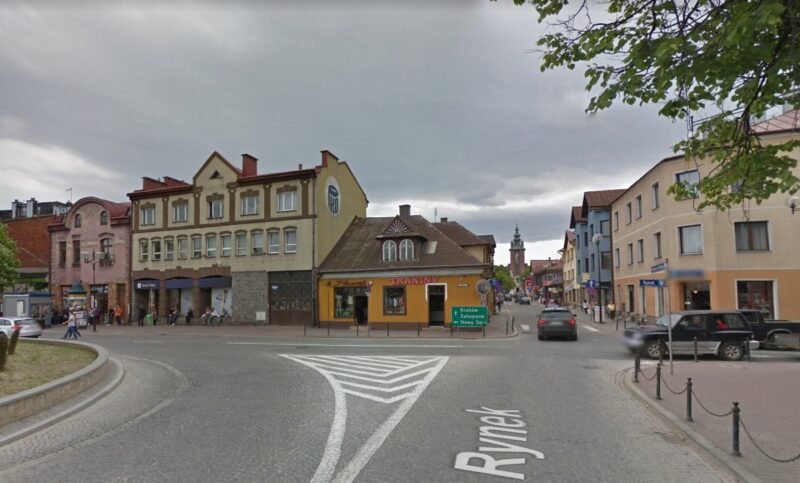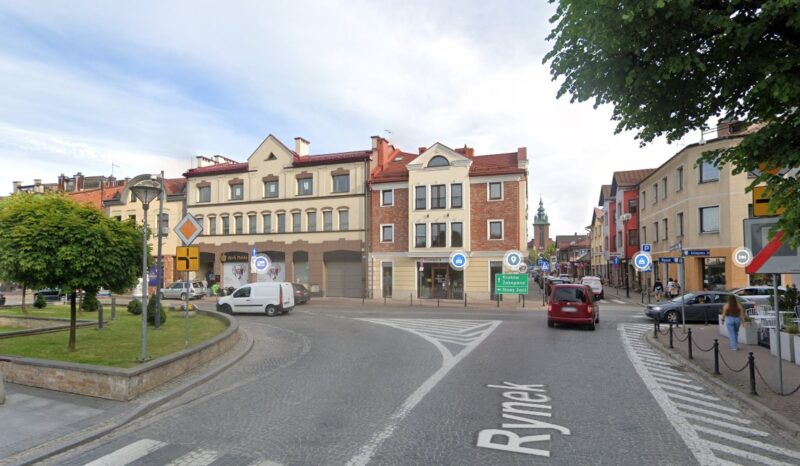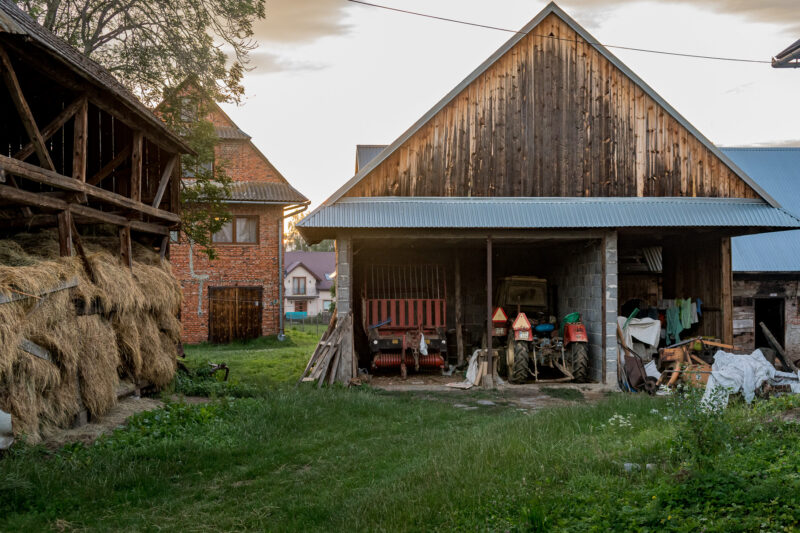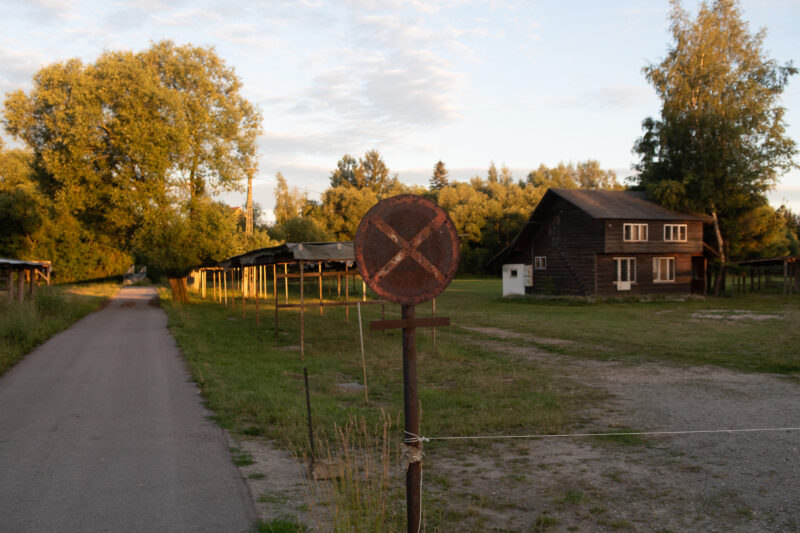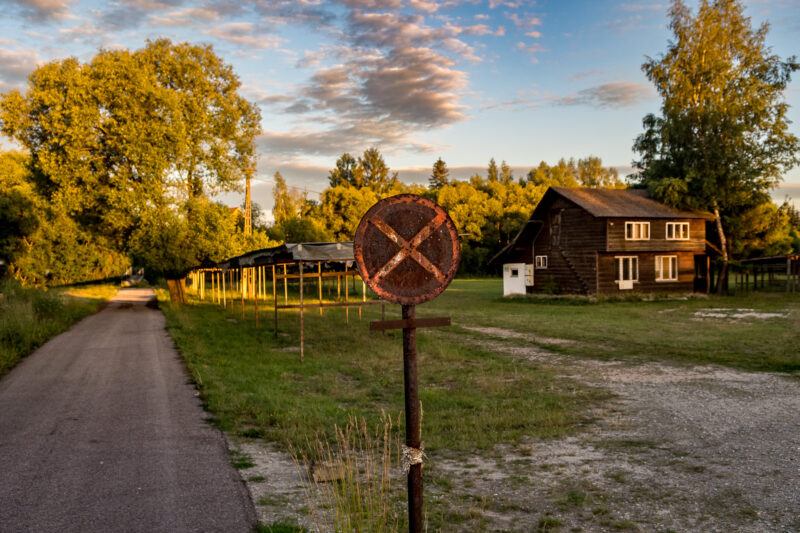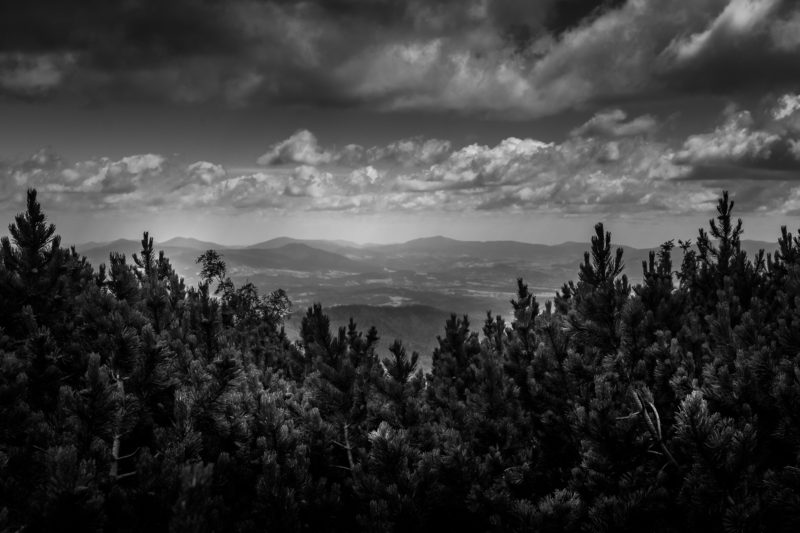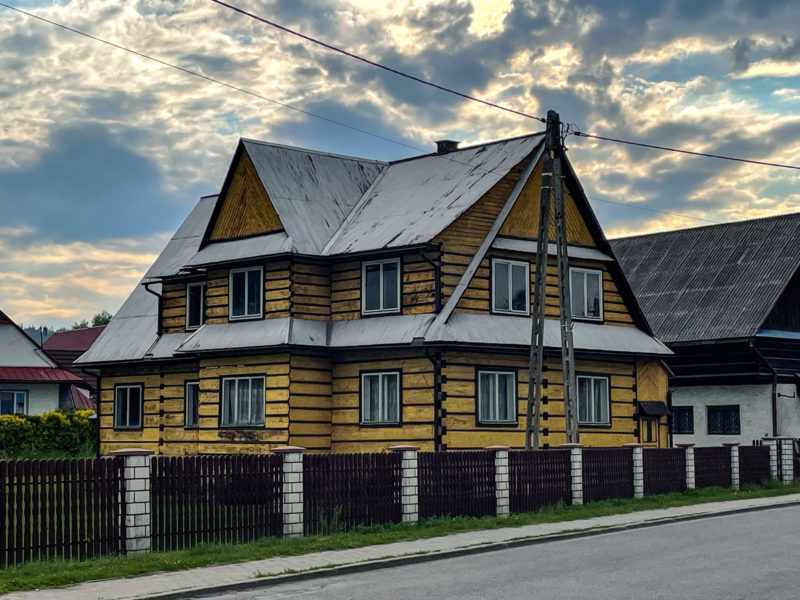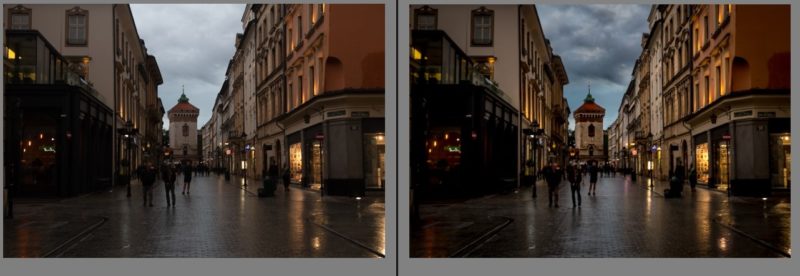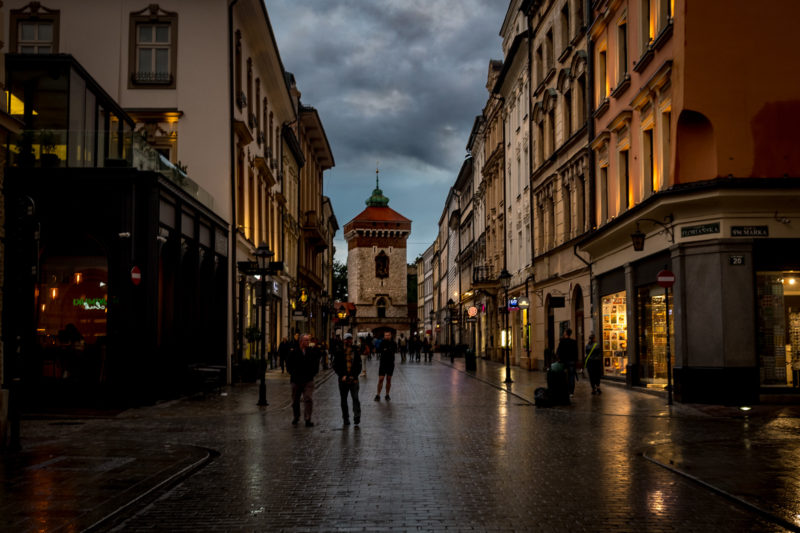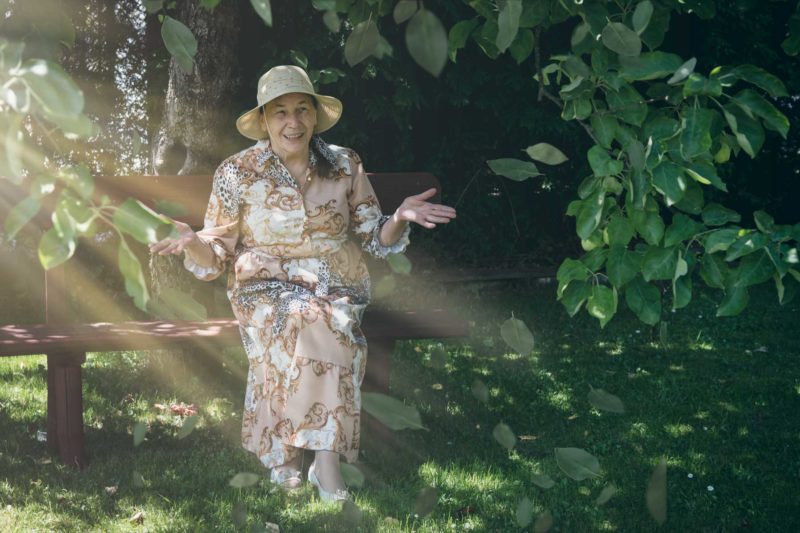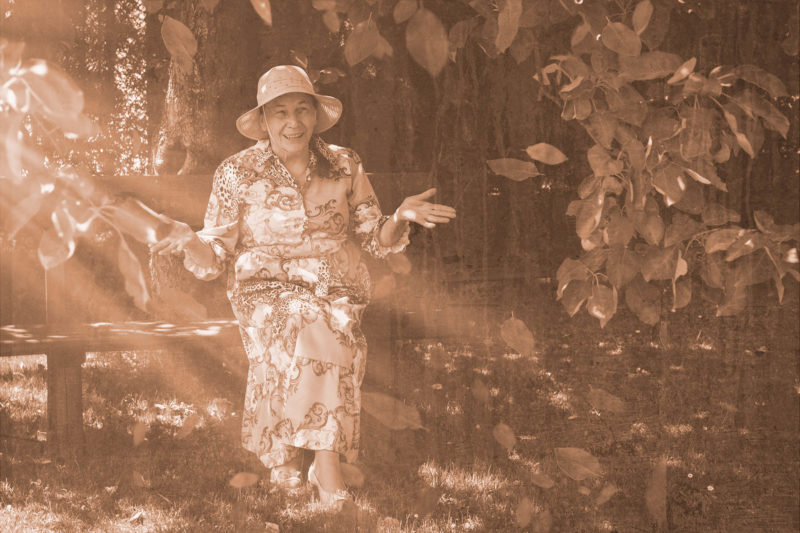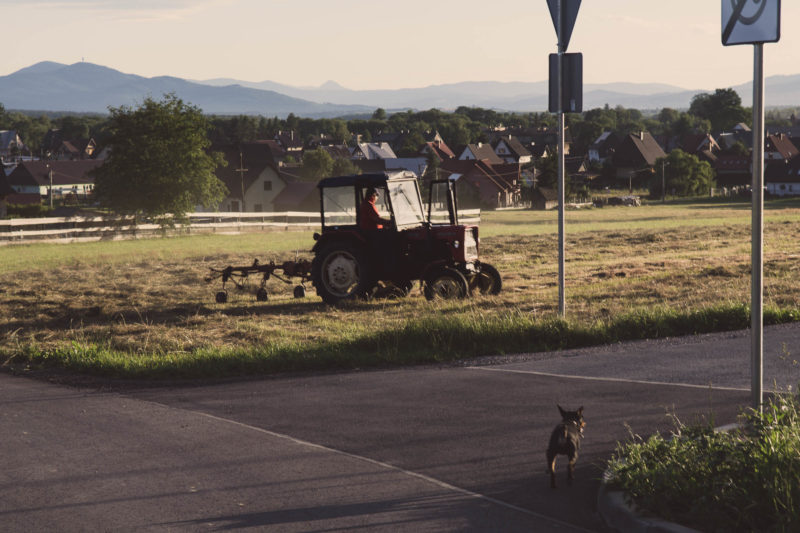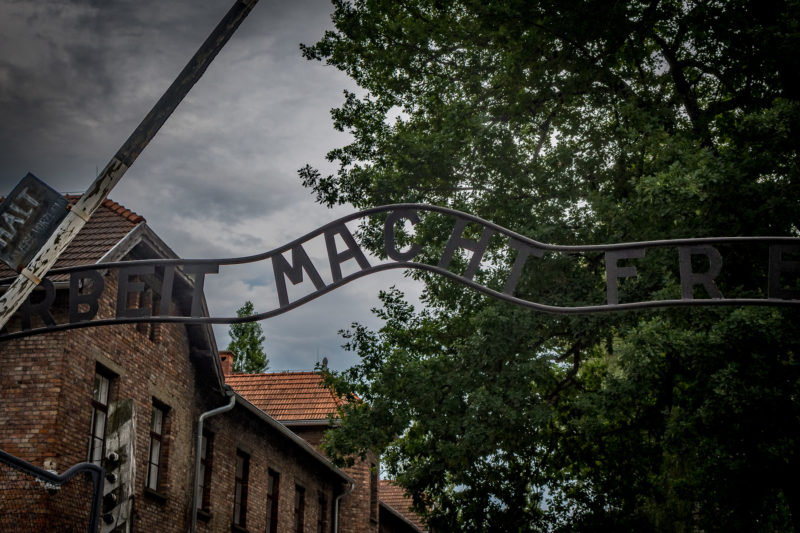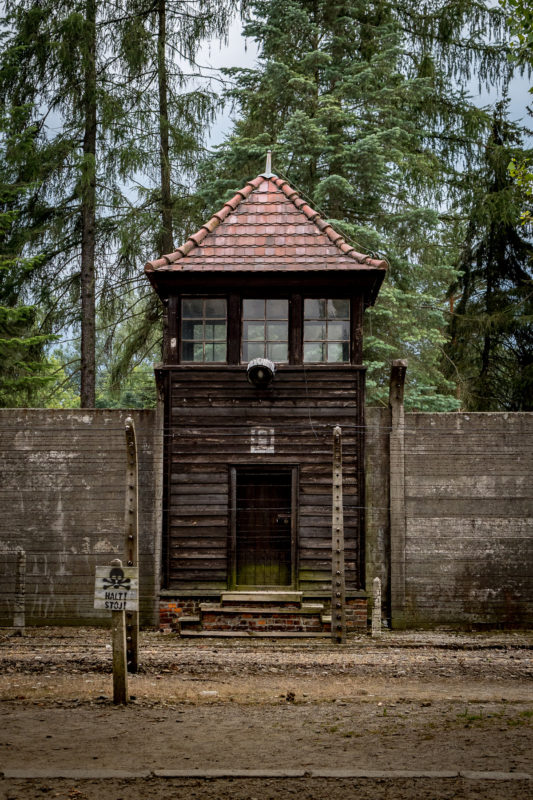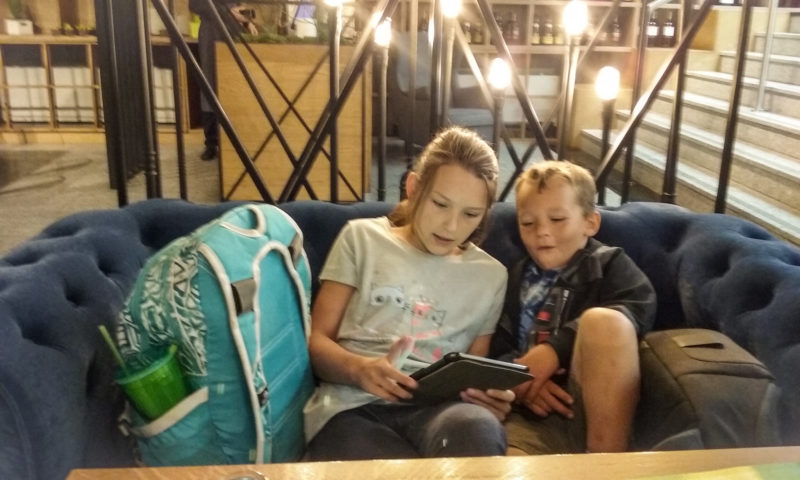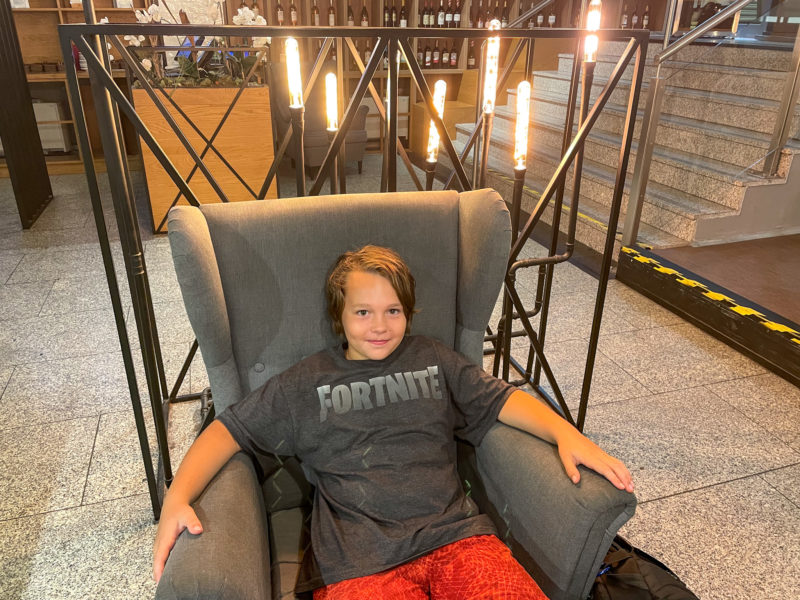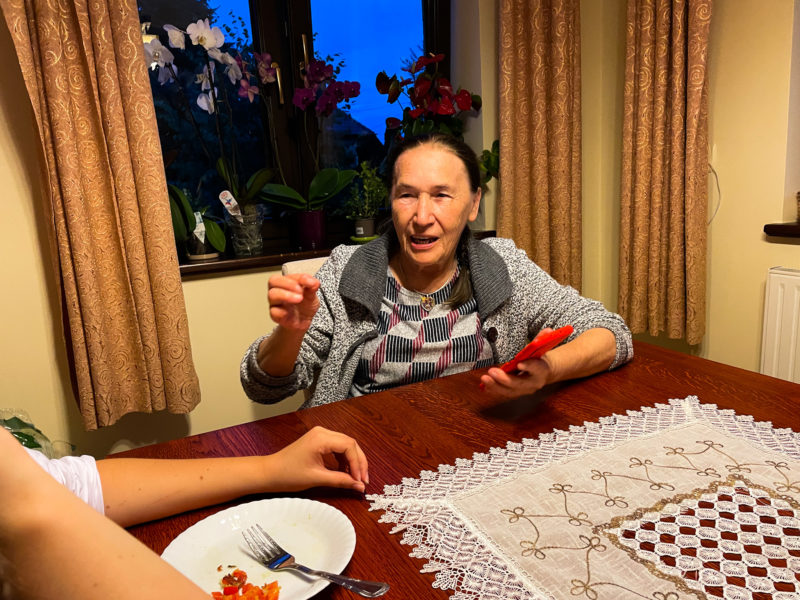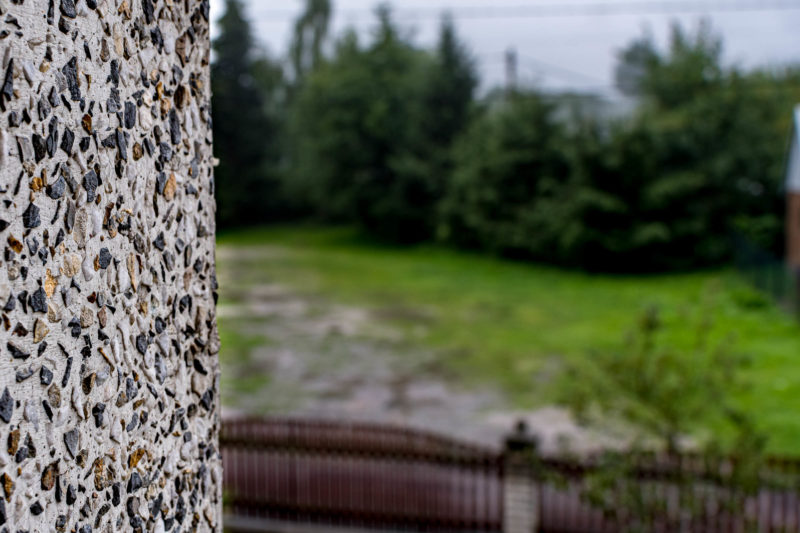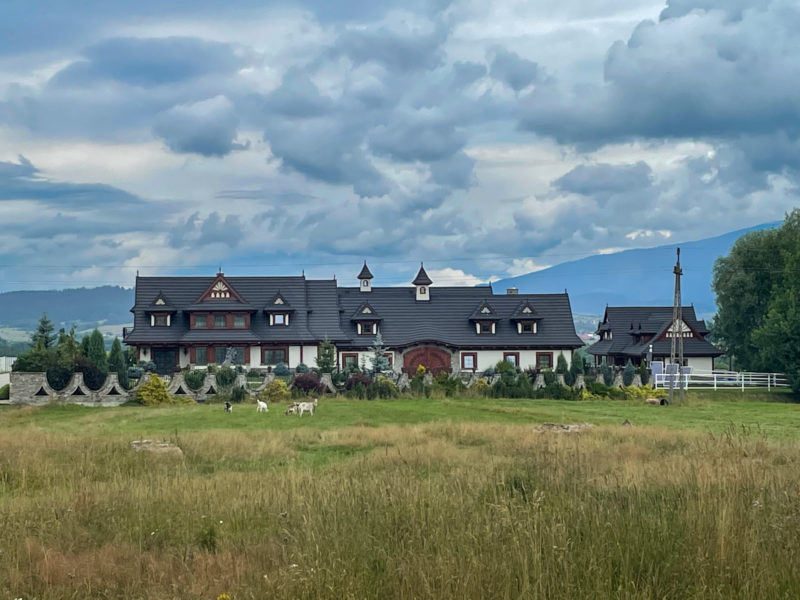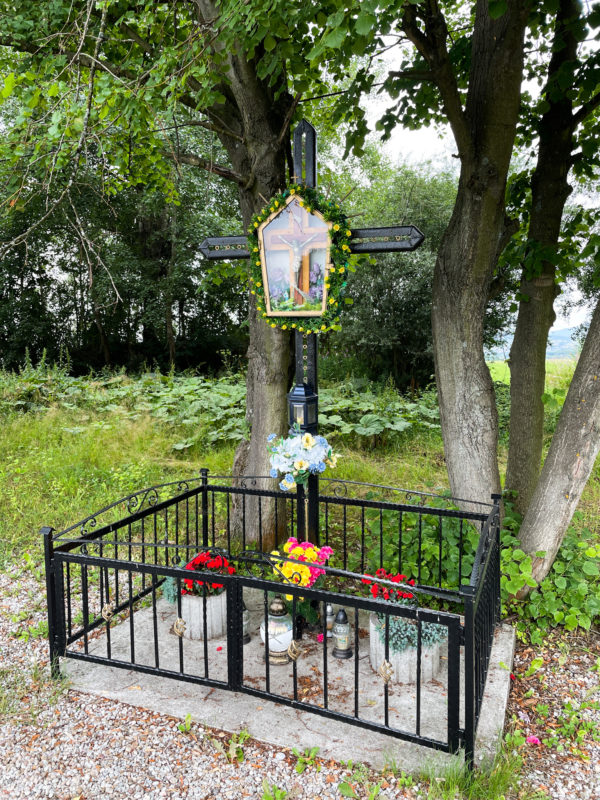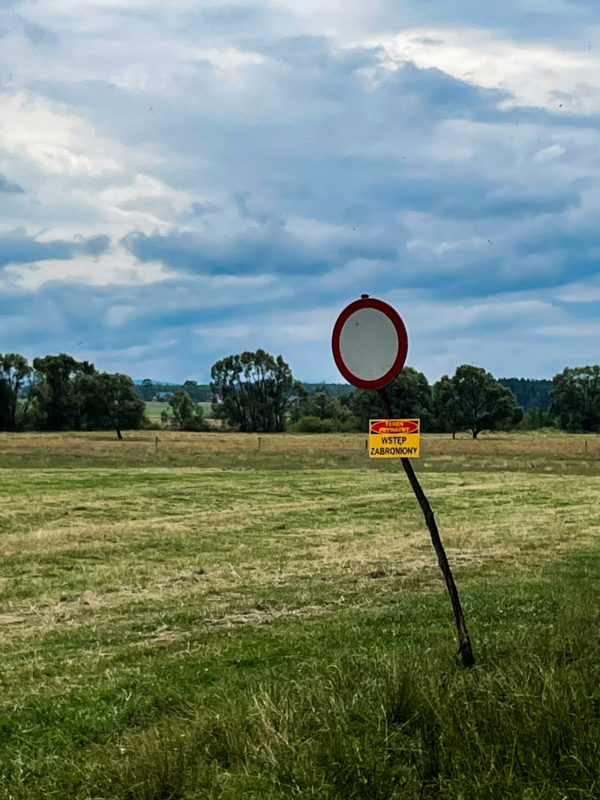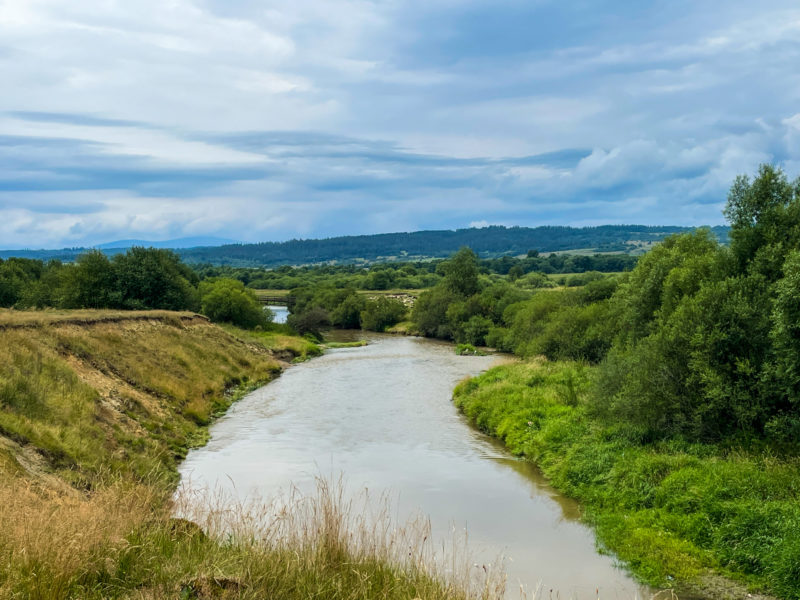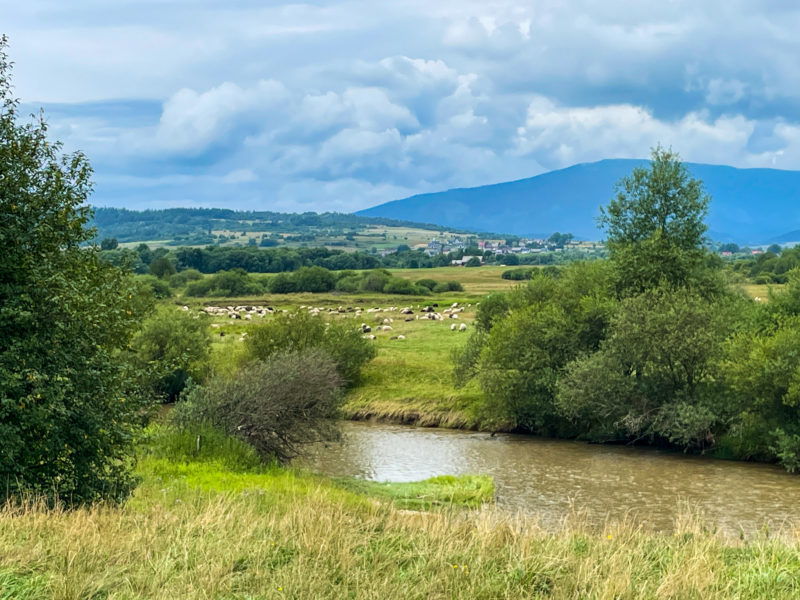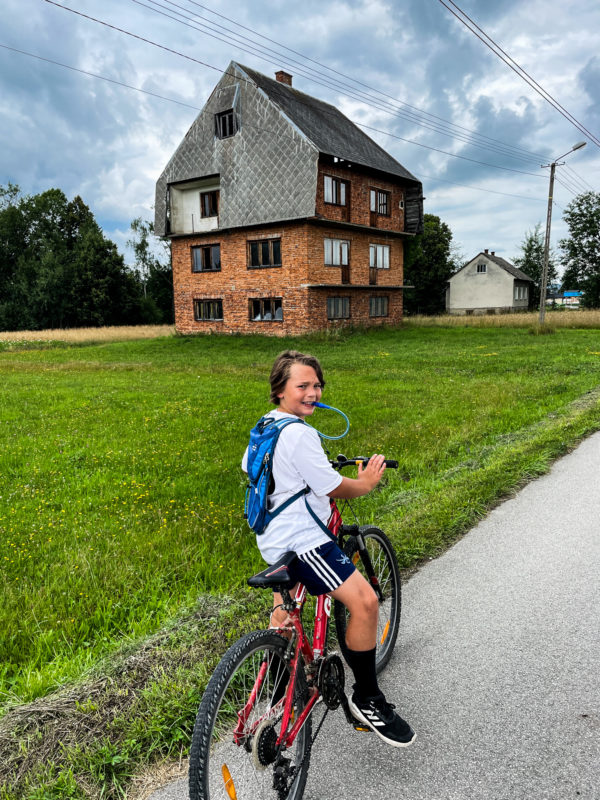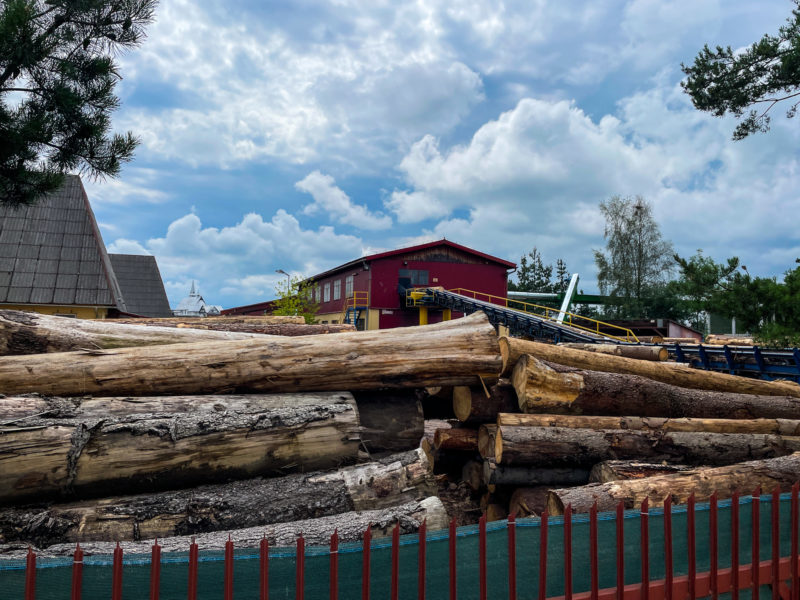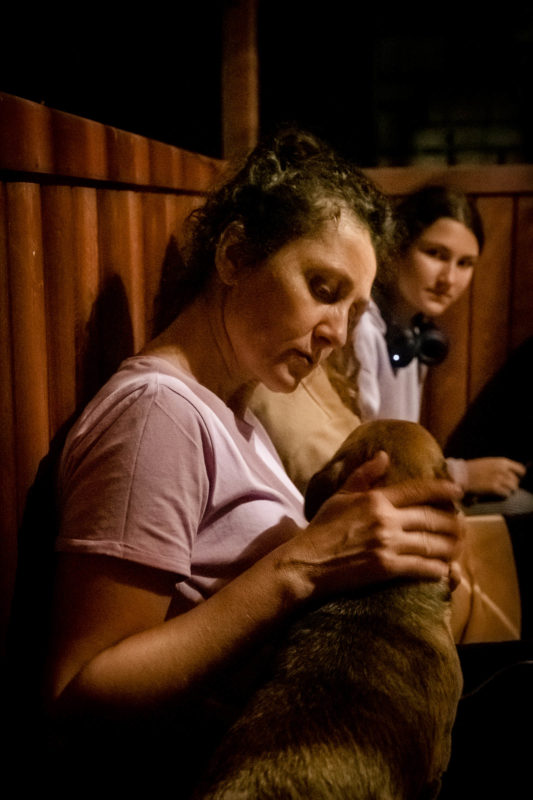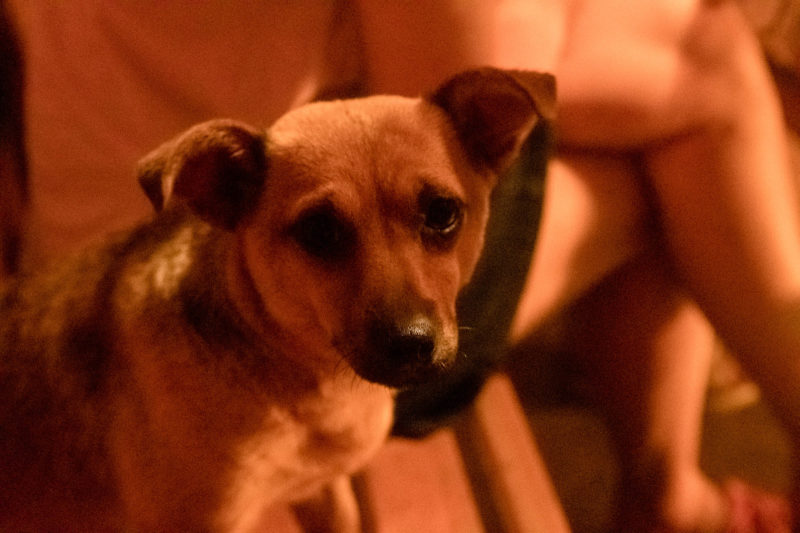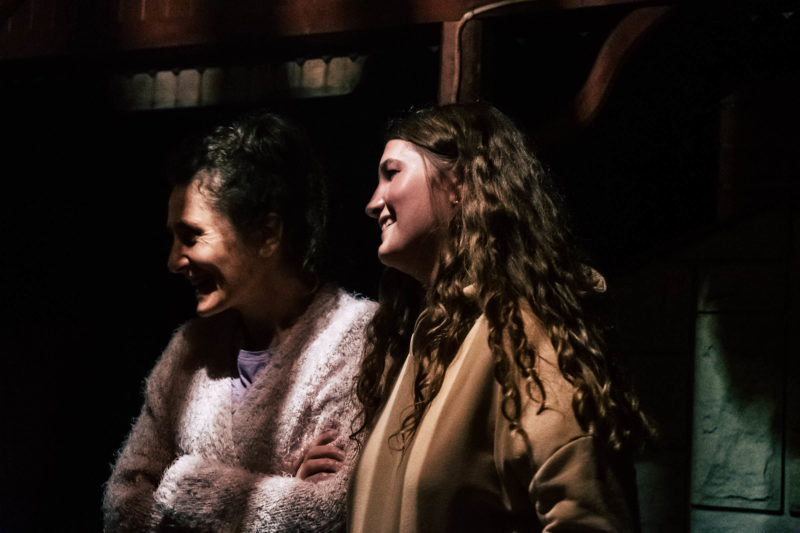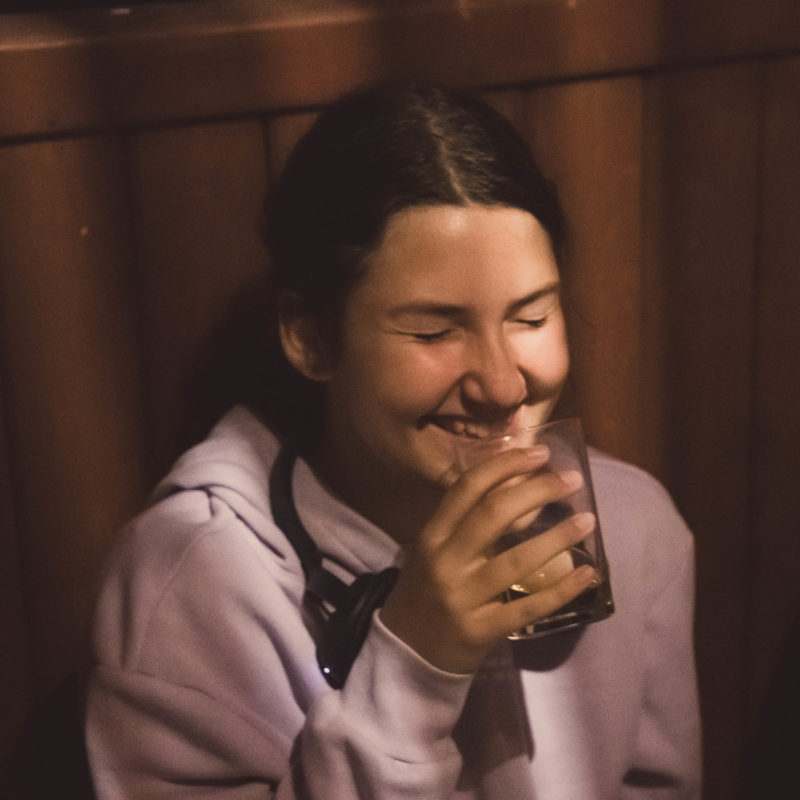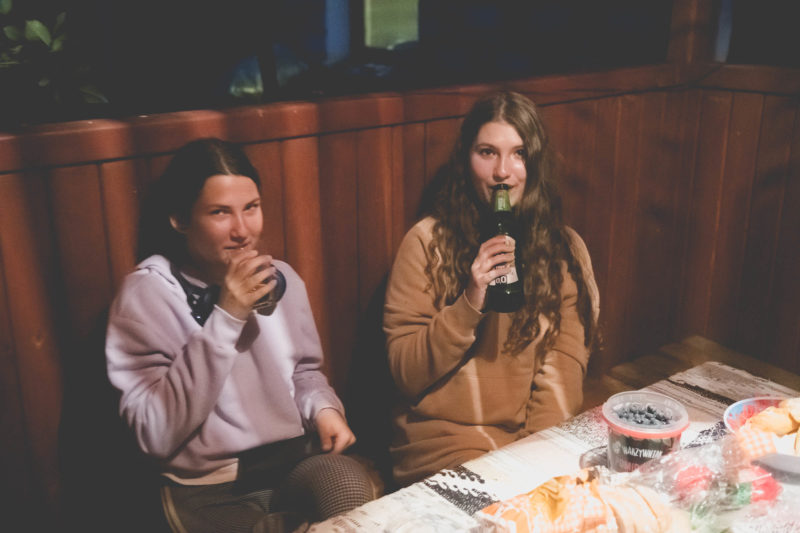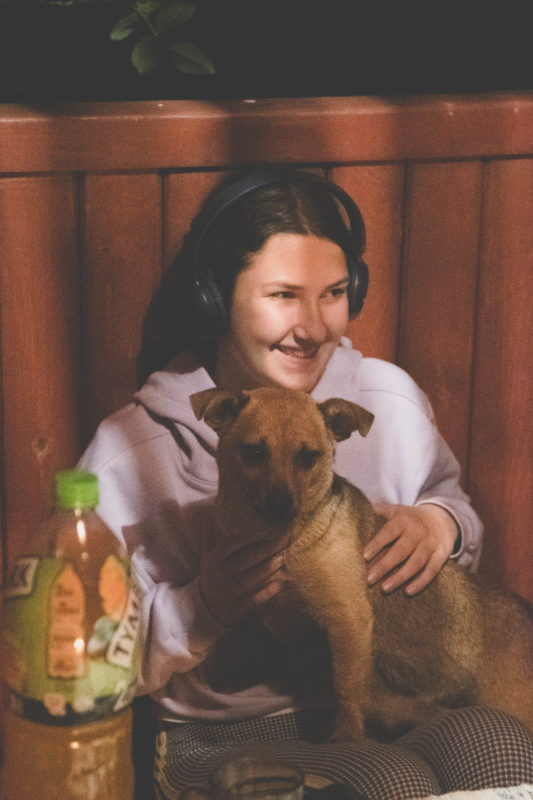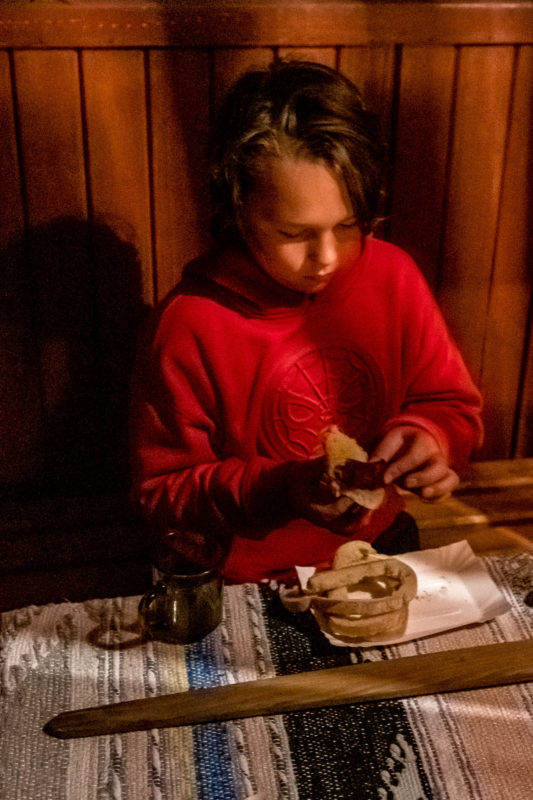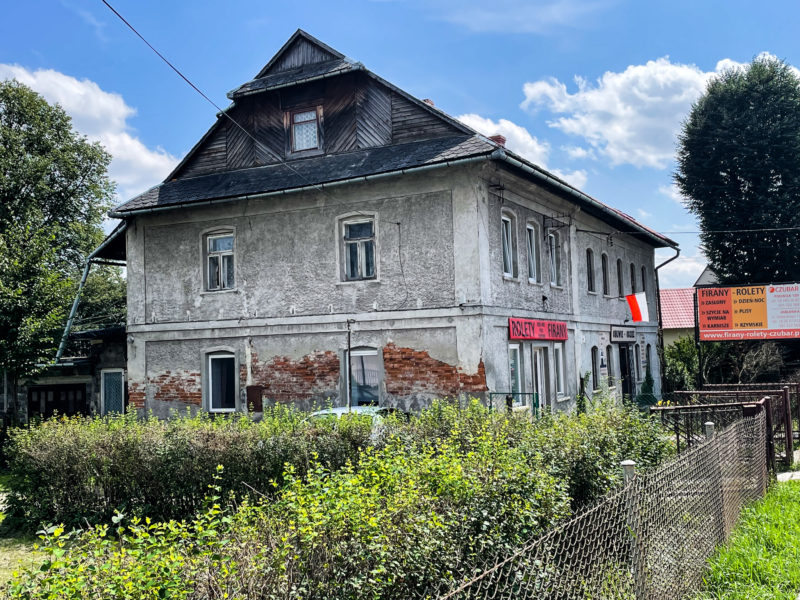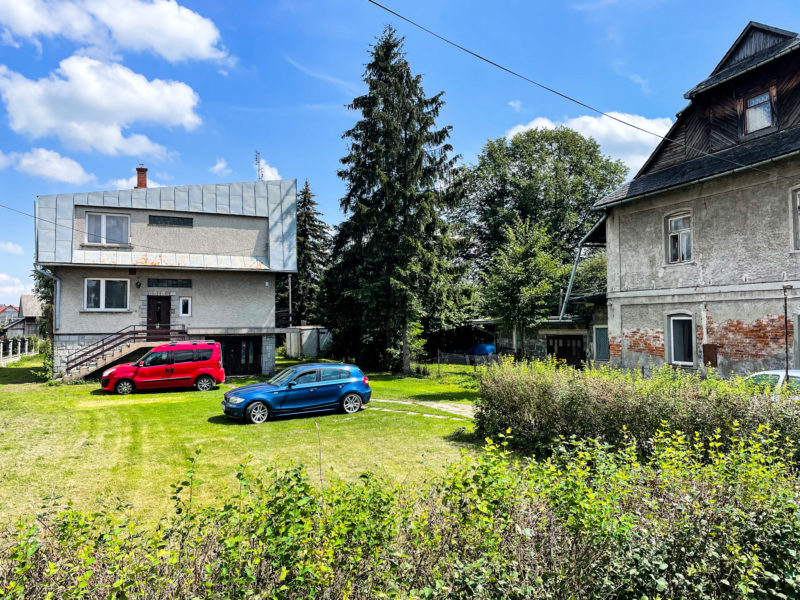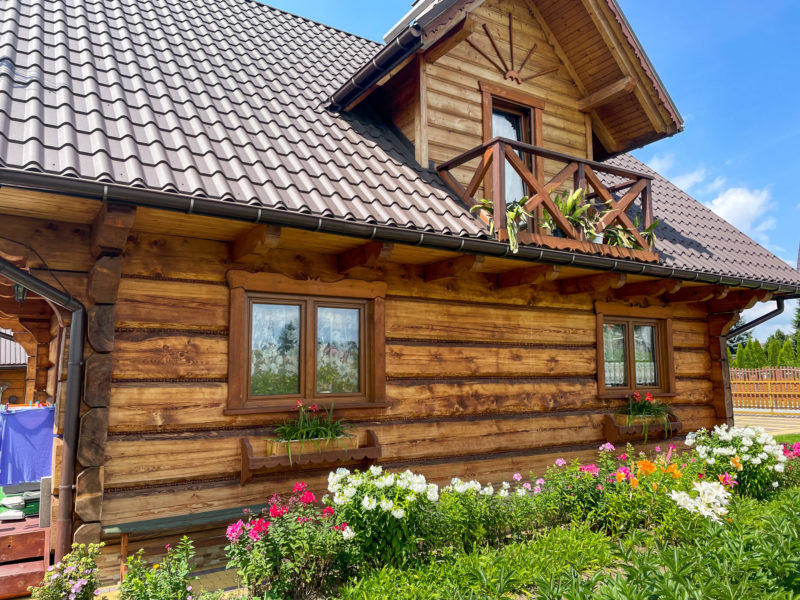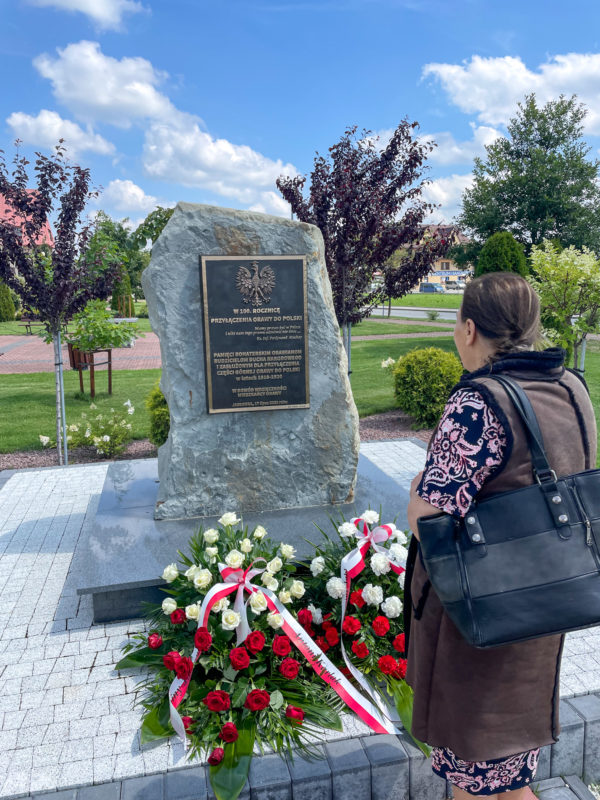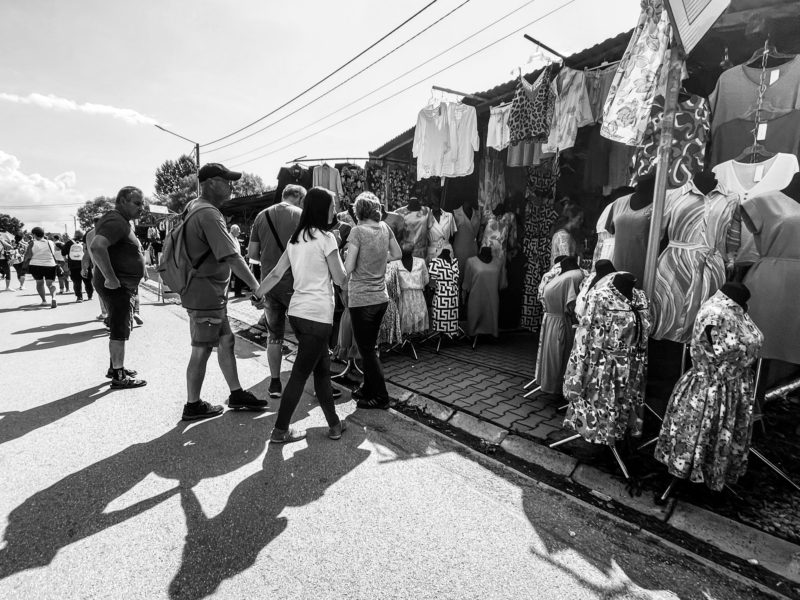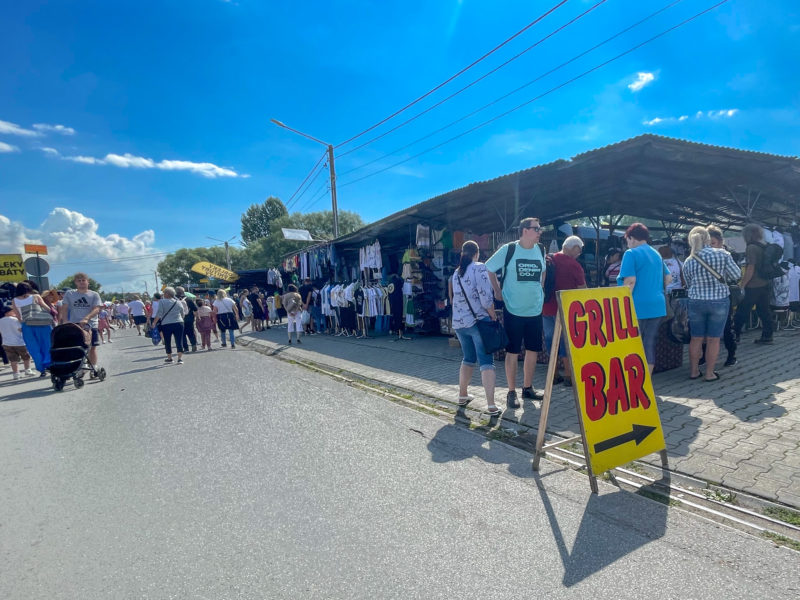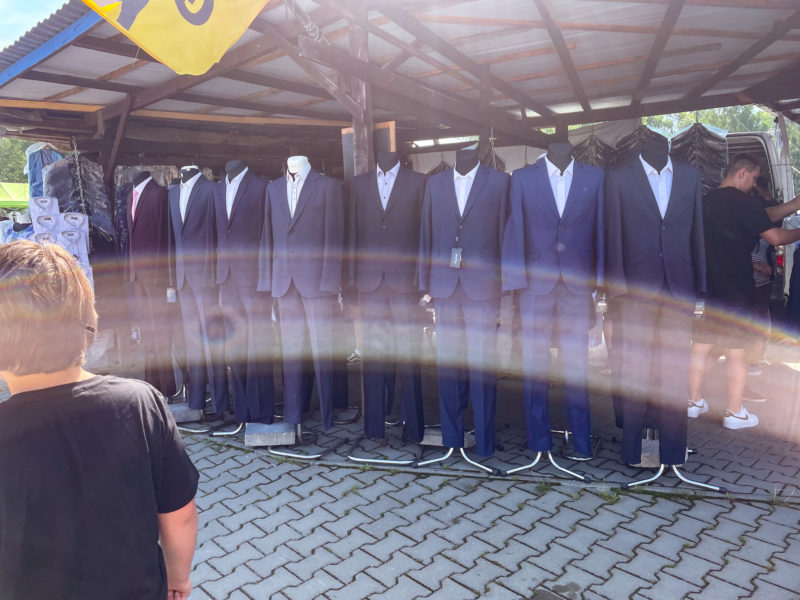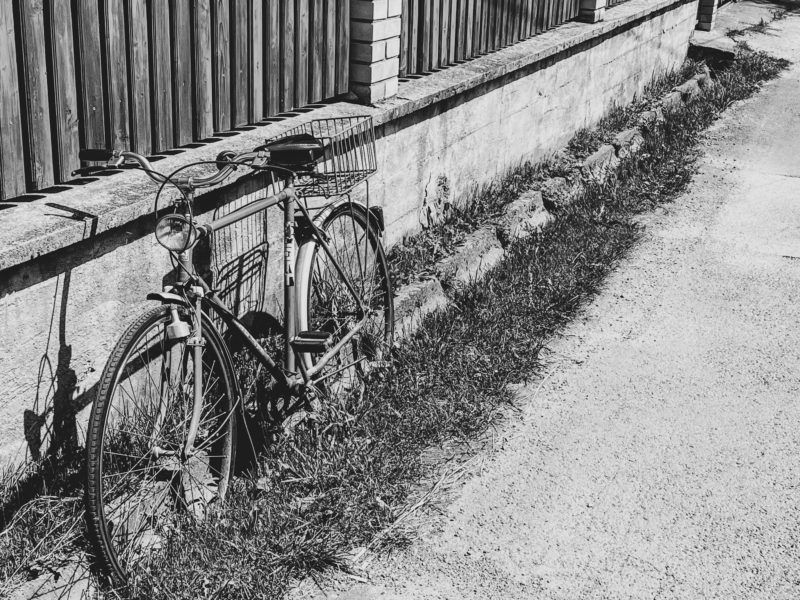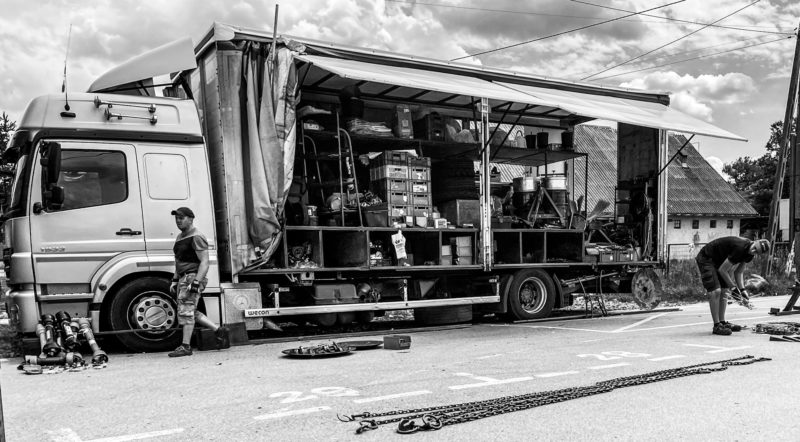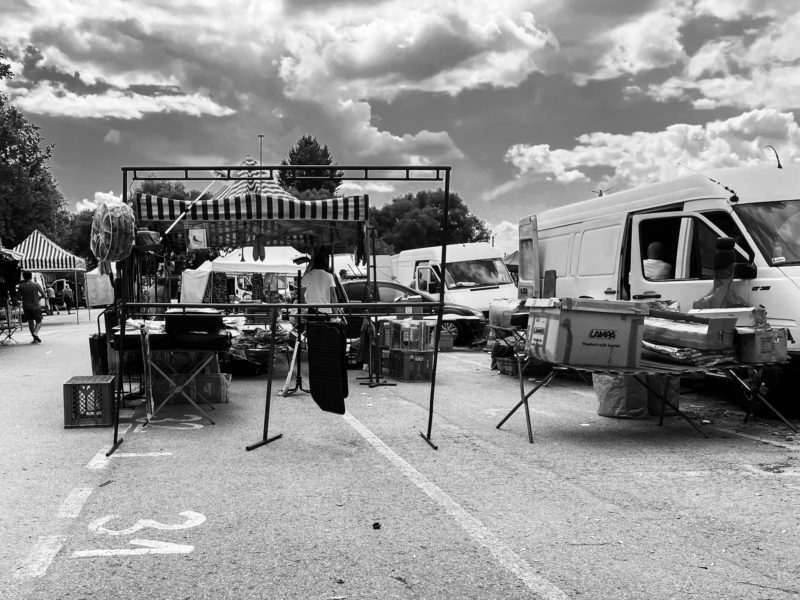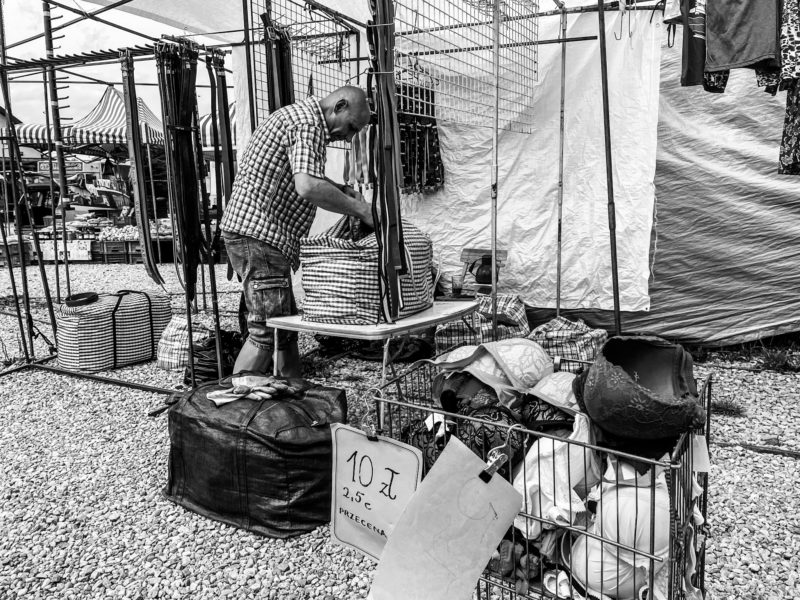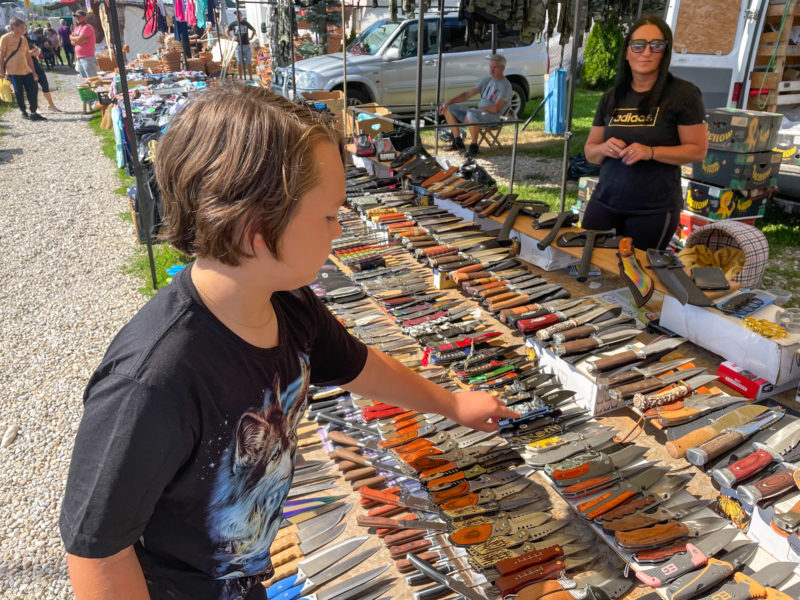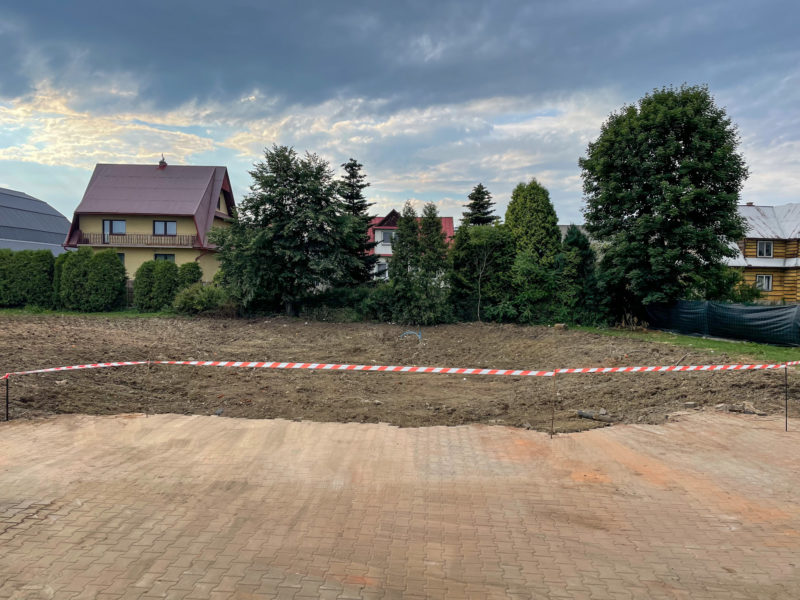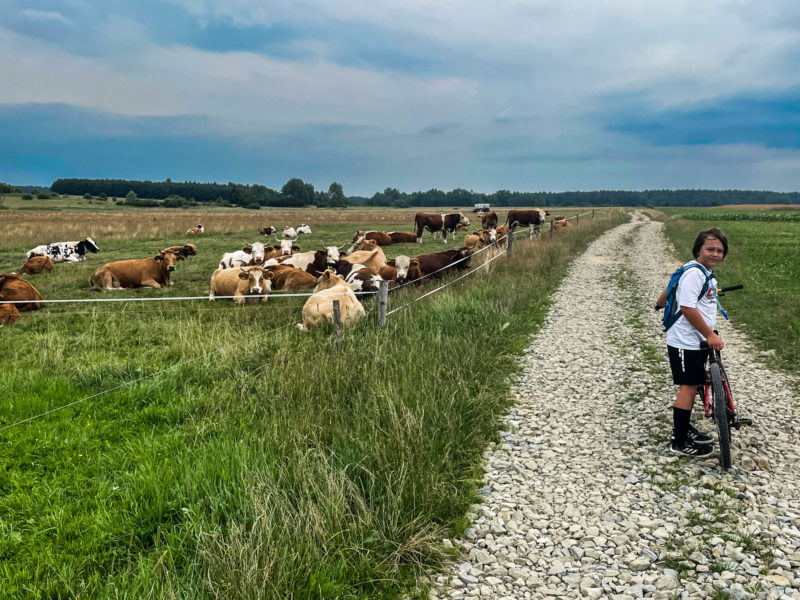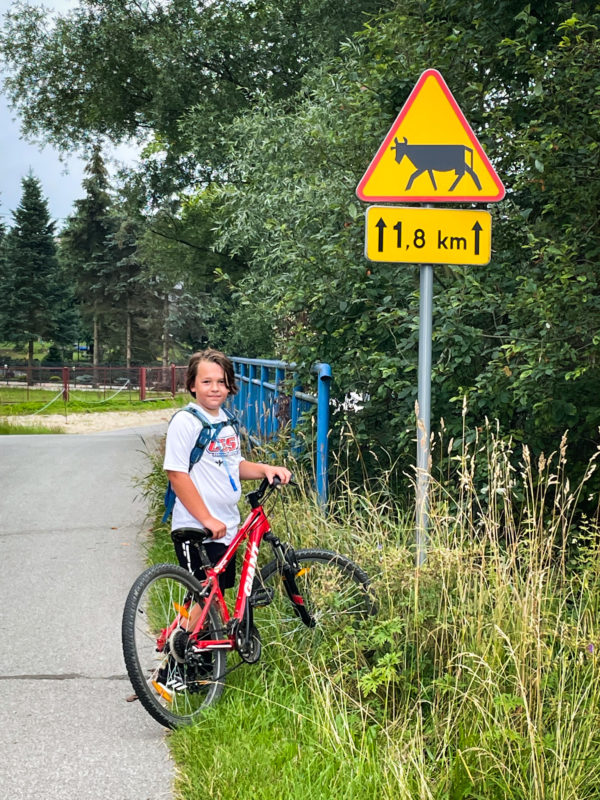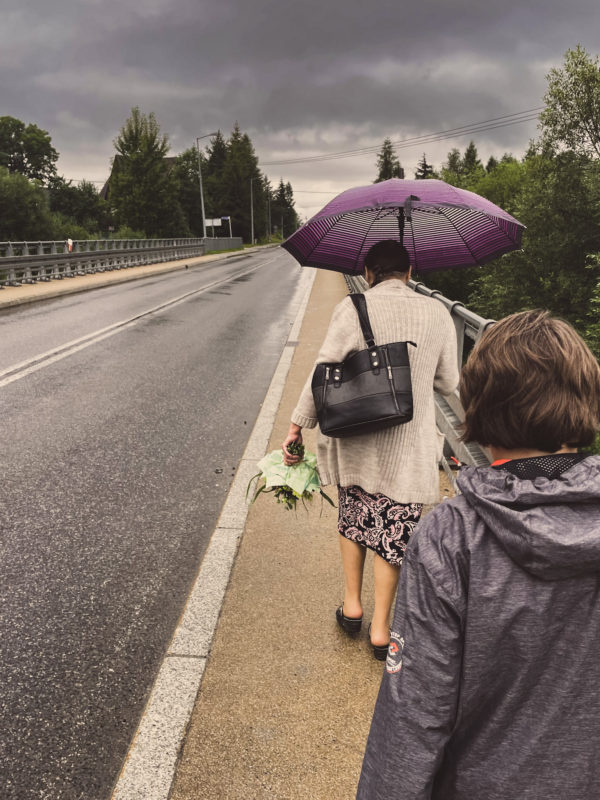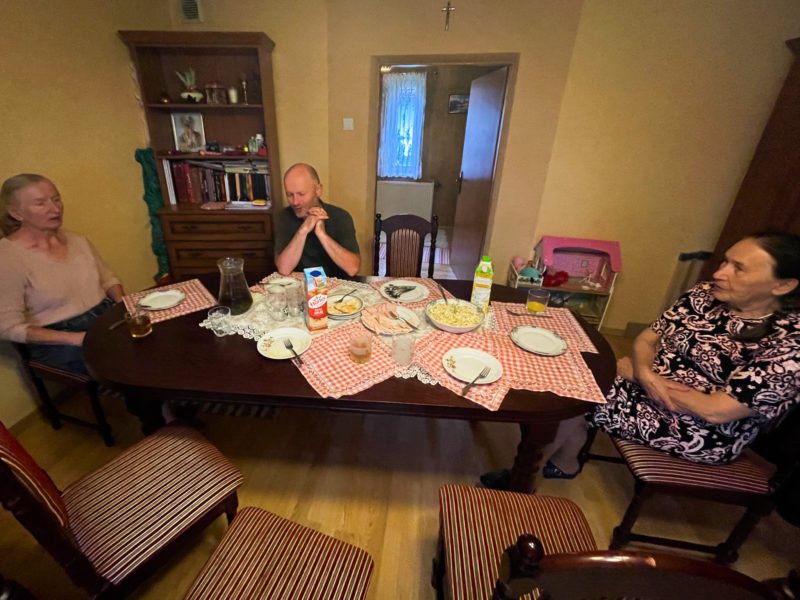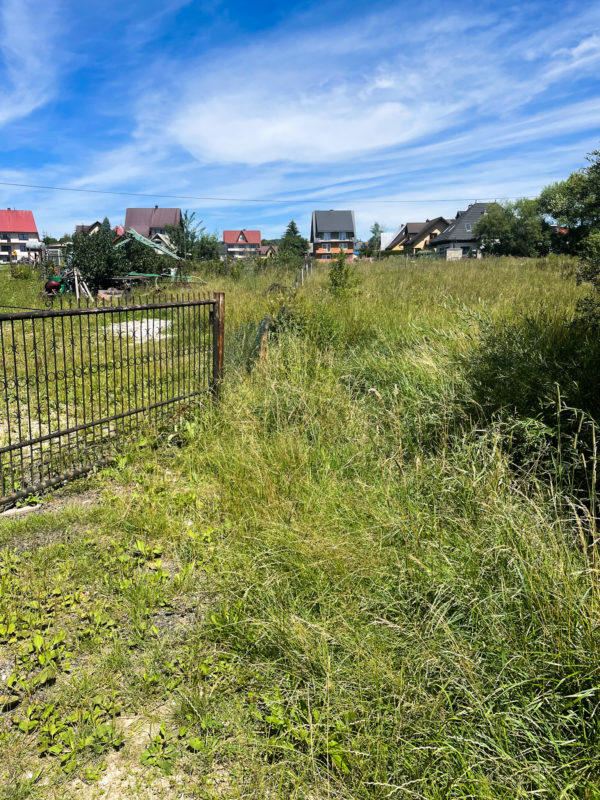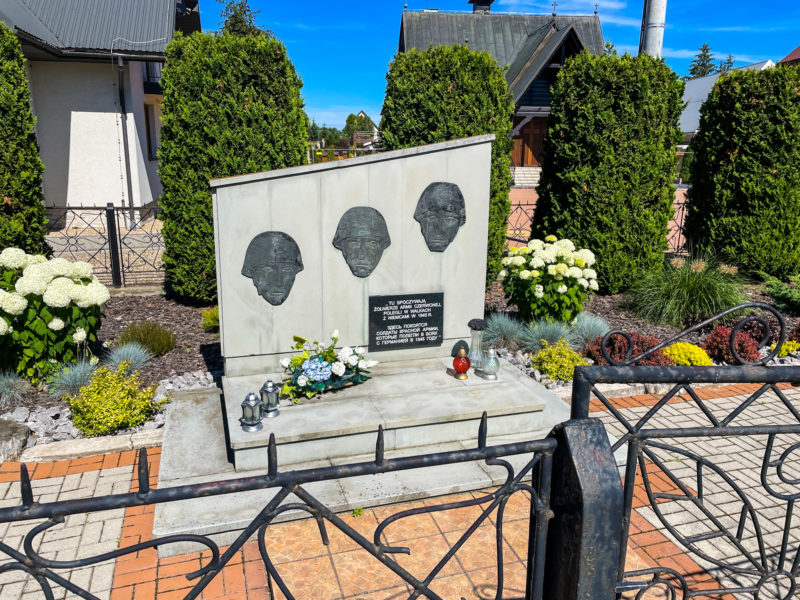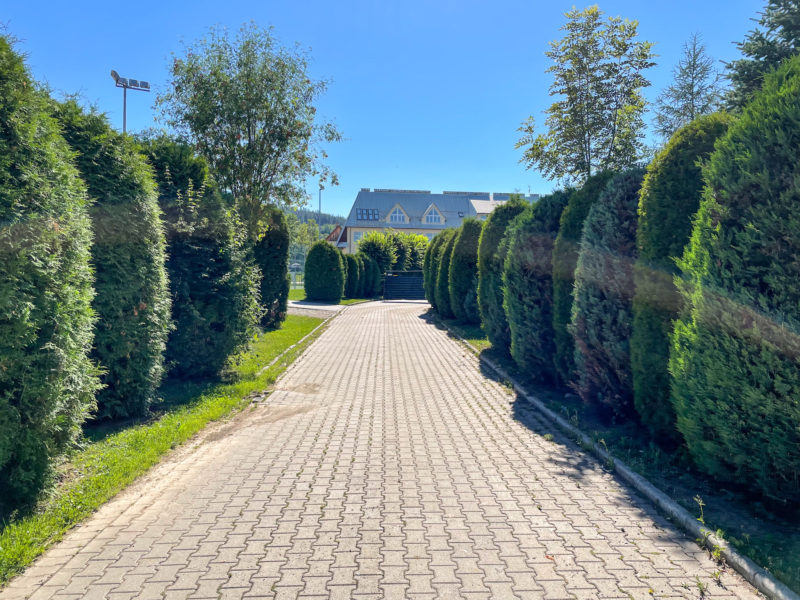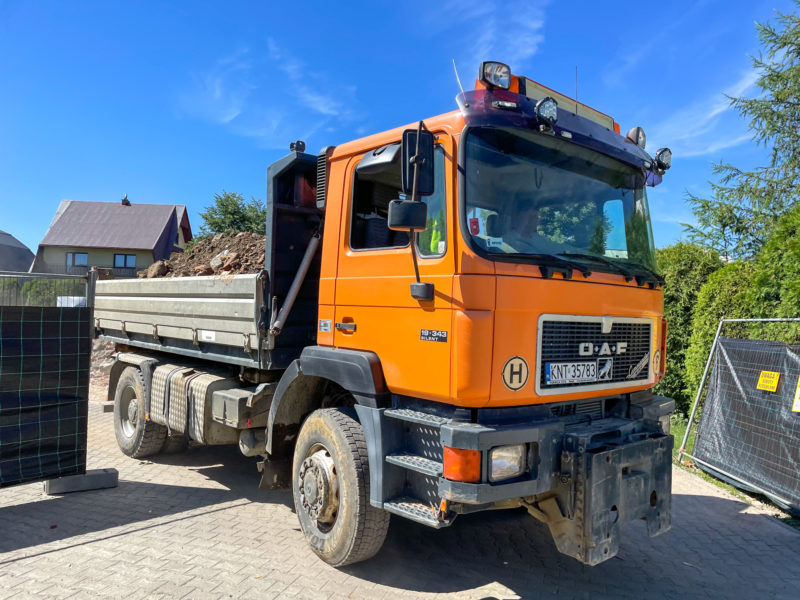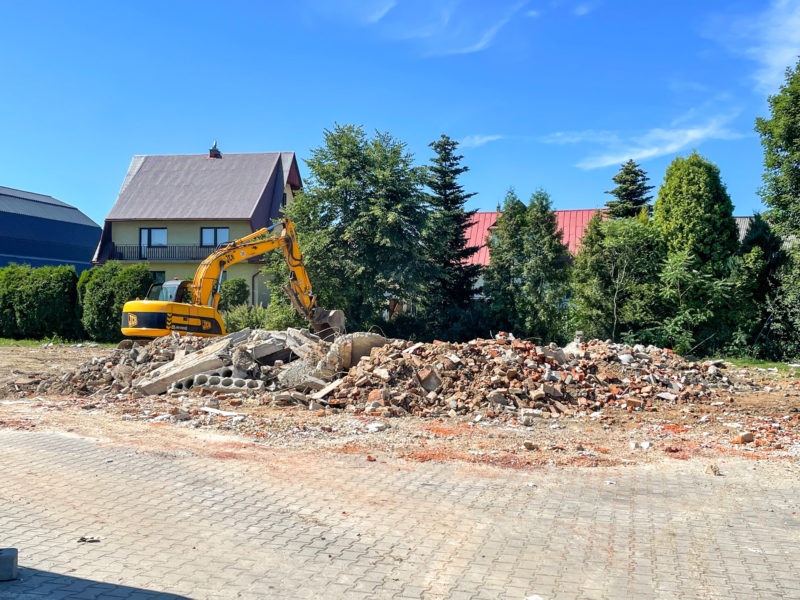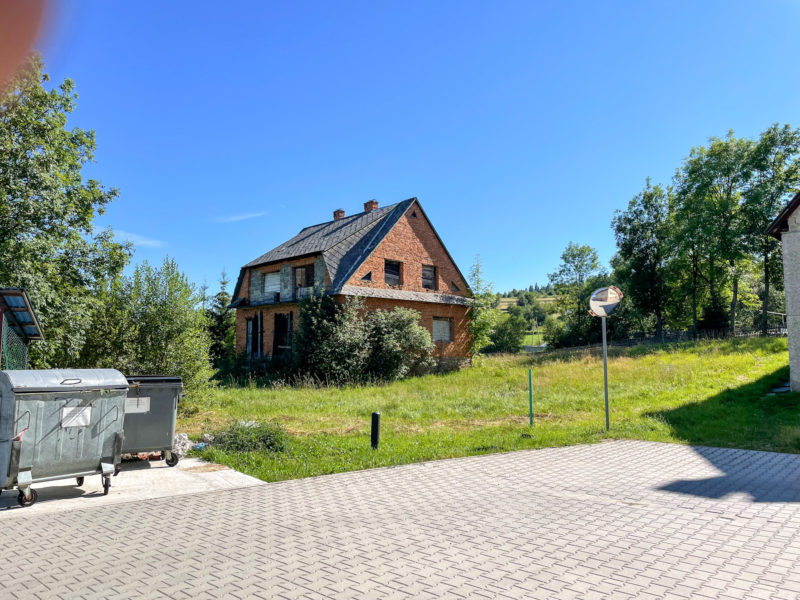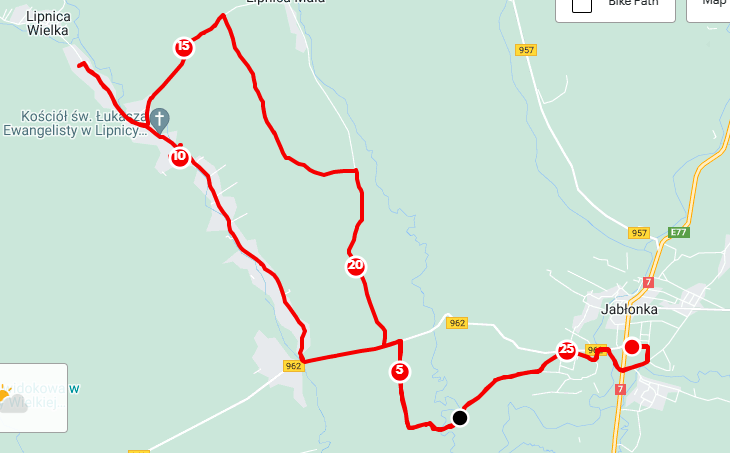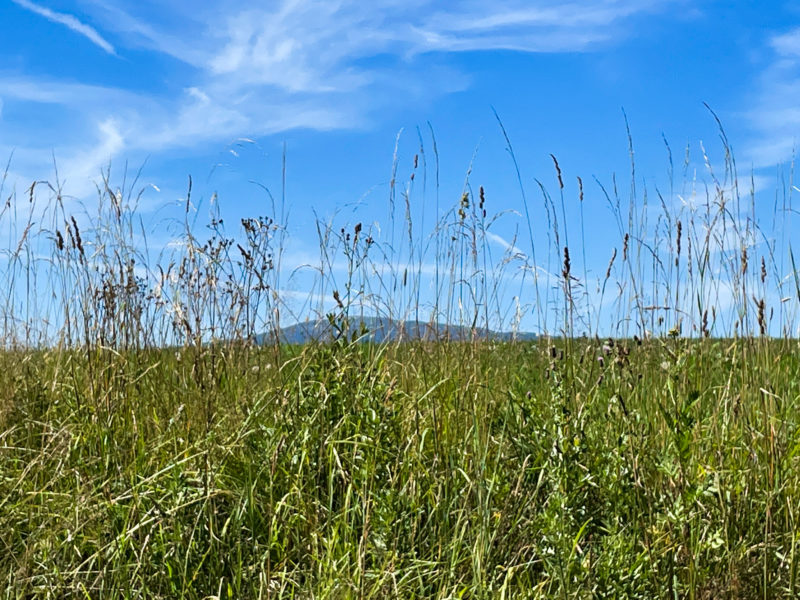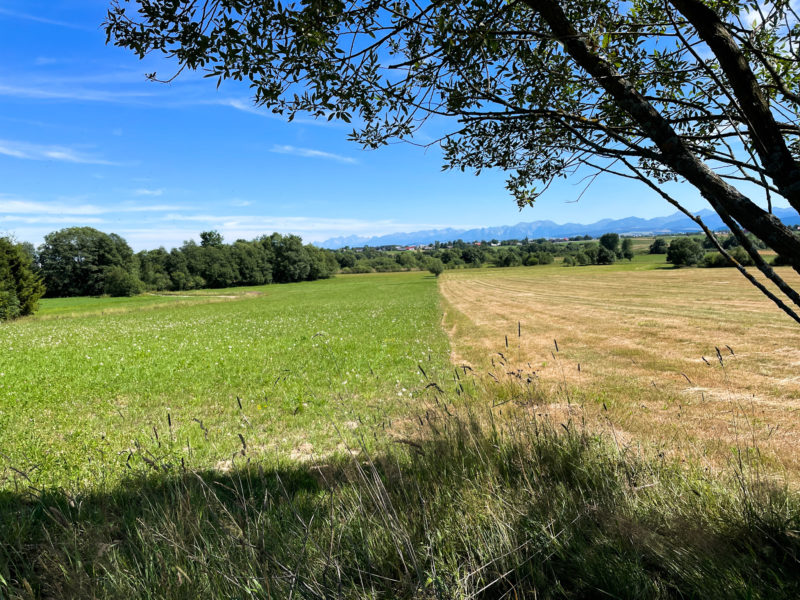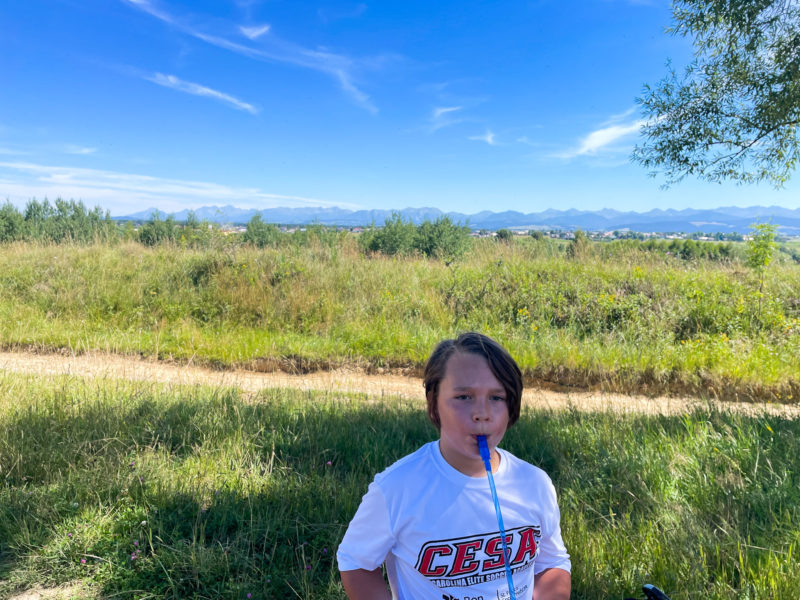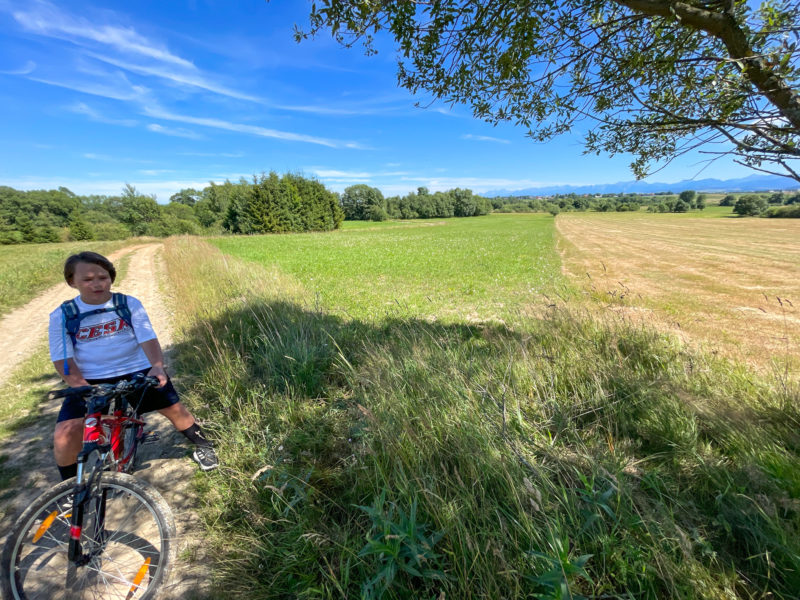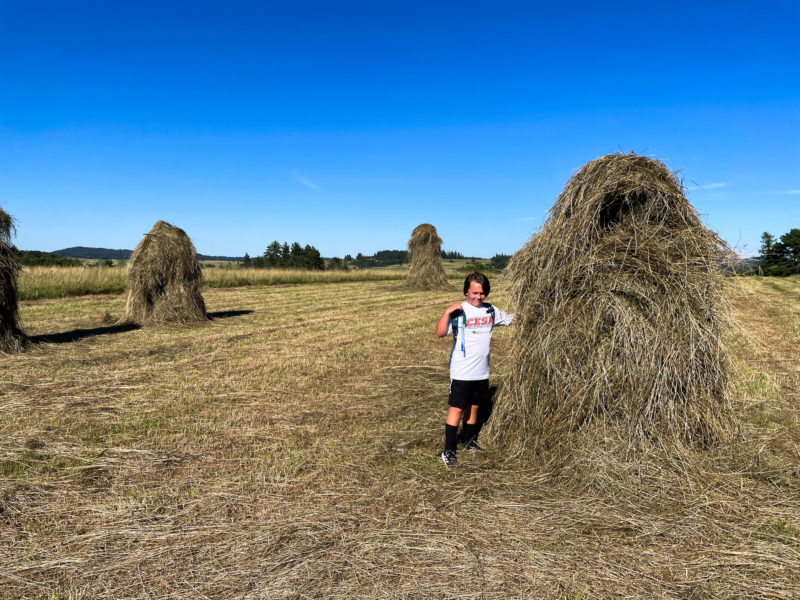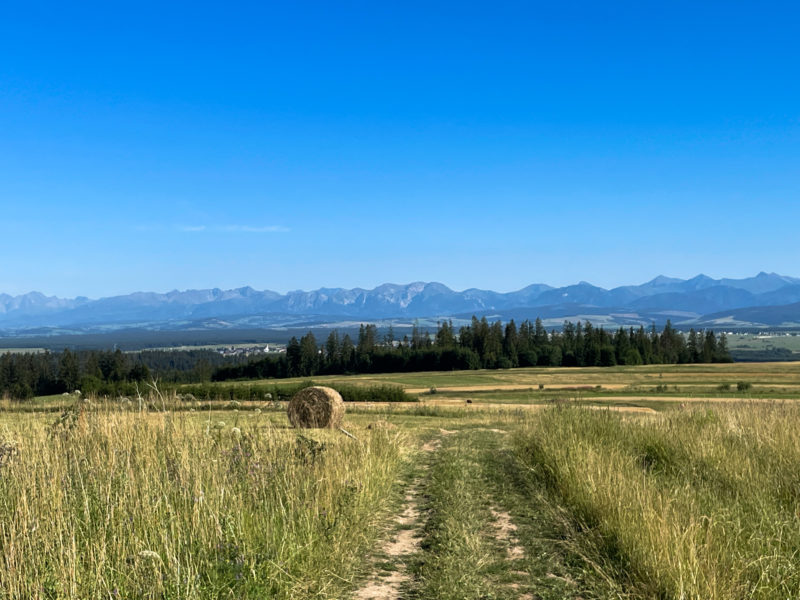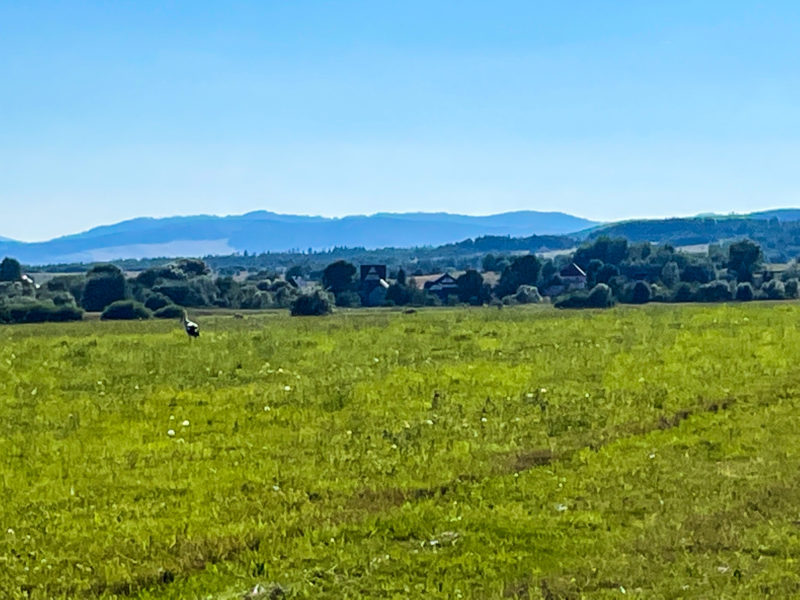An unpublished entry from the end of our 2022 visit to Poland.
The Boy’s stuff is spread throughout the house: toys on the living room, play money in the kitchen, shoes in a variety of locations. My stuff is spread just as widely. So much to remember tomorrow. I’ve got to clean and cover the fire pit in the gazebo. I’ve got to bring two bikes upstairs, remembering to take the pedals off my bike to take back to the States but remember to leave the shoes for next time.
ANd I sit here wondering if I’ve done all I could have here. Have I rolled in nostalgia enough?” Is another way to put it. I met almost no one from my side here—few former students (always a joy) and no former colleagues. It’s the first time that’s ever happened. We often come back just before the end of the Polish school year, and I simply have to drop in at my former school to meet a lot of people. This year, we didn’t arrive until a week or more after the year was over, so it was only a matter of chance whether or not I met anyone.
I did get to meet with my absolute best friend here, which I was unable to accomplish during our last visit in 2017. I’m not even sure if we got to meet in 2015. Still, we had a chance to sit around drinking beer and talking about nonsense like old times. Sort of. E was with me; neither of us touch cigarettes anymore; we didn’t listen to any music (no exclamations about the perfection of the coming guitar solo); it was in the afternoon in the gazebo he built on his parents’ property during his Covid lockdown. “I had to do something” he explained.
Again wallowing in nostalgia, I guess. Looking for the joy of repetition, even in the small things.
“And it doesn’t come back, but I’ll be looking all of my life.”

